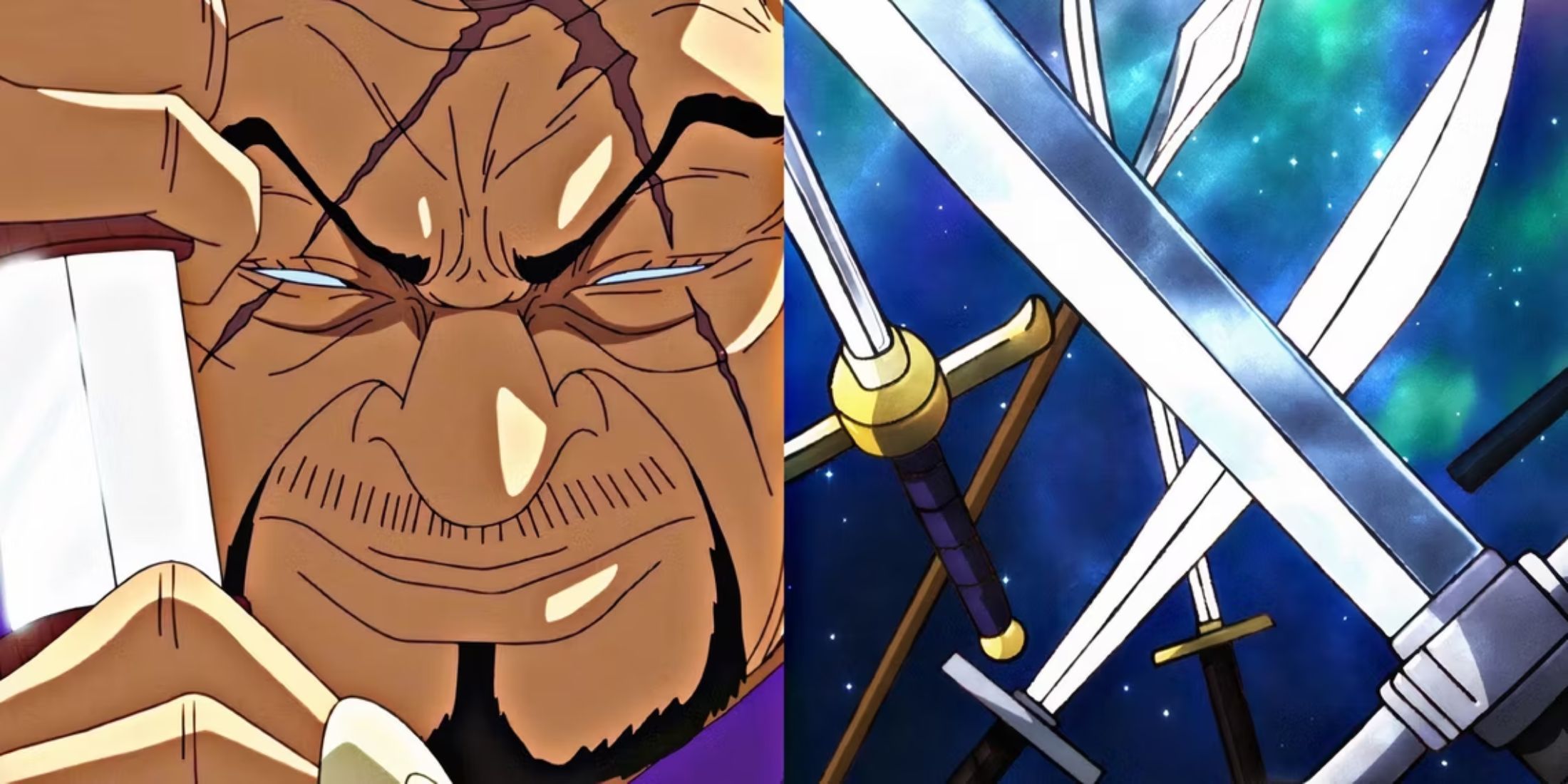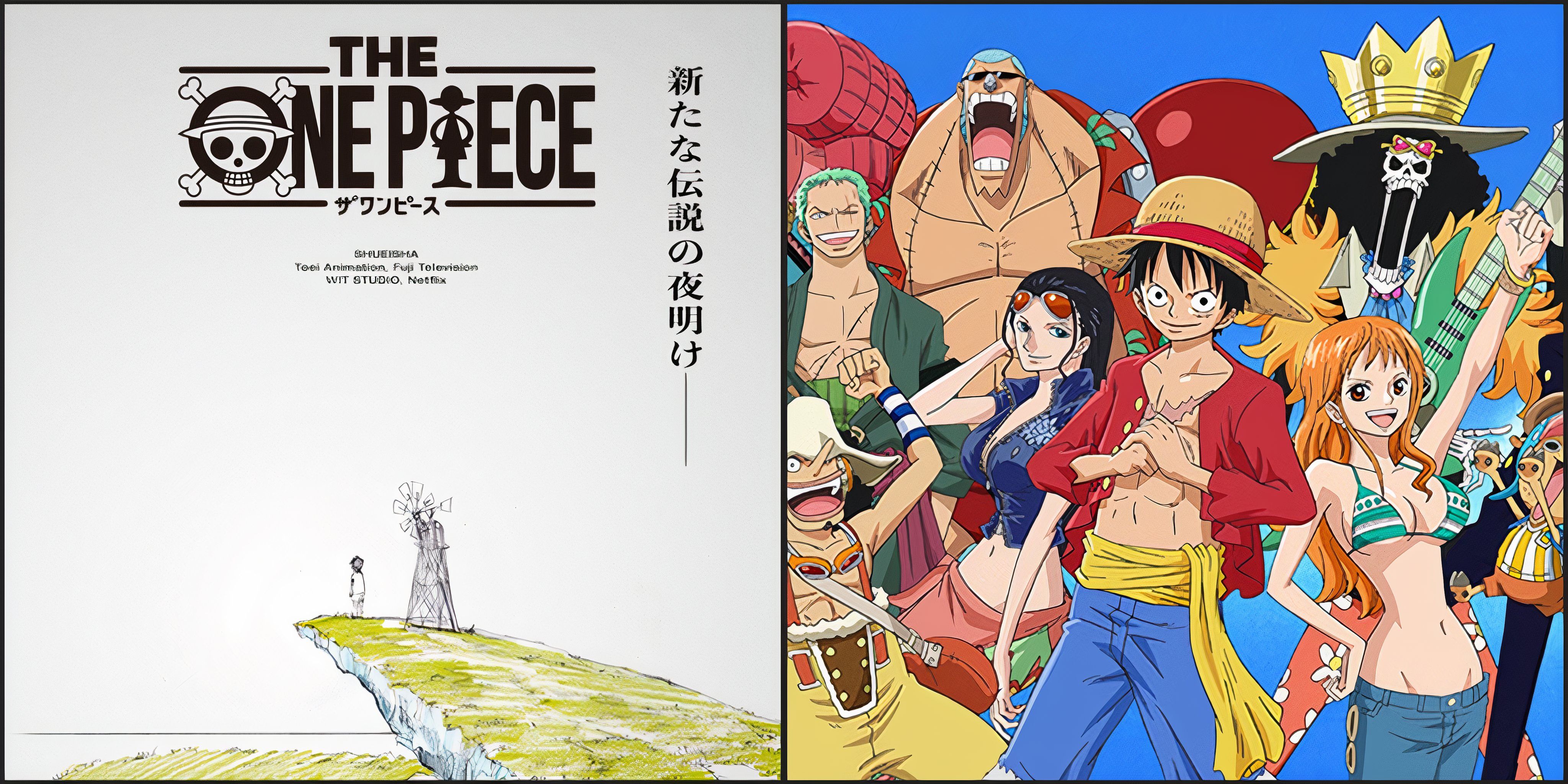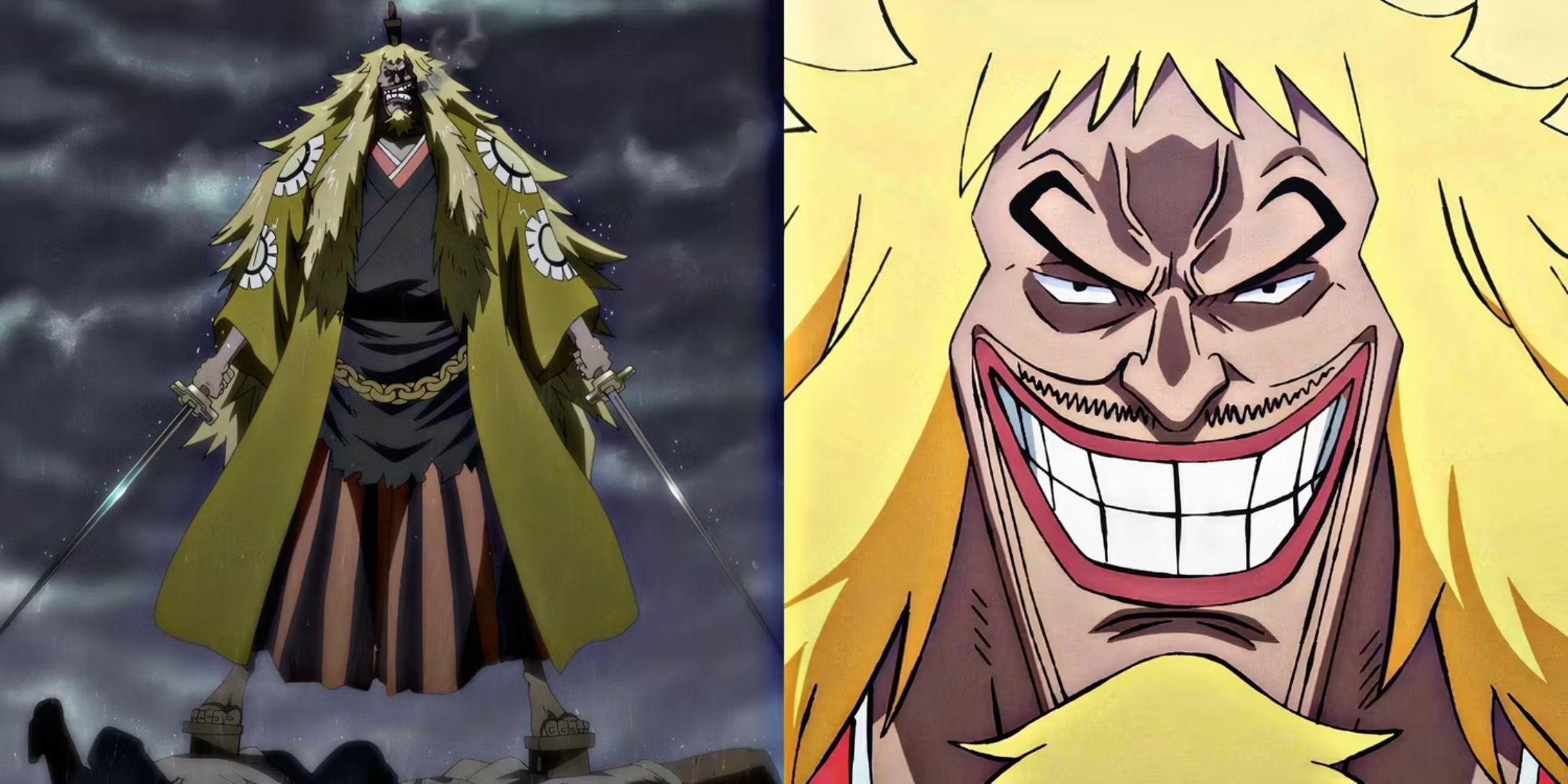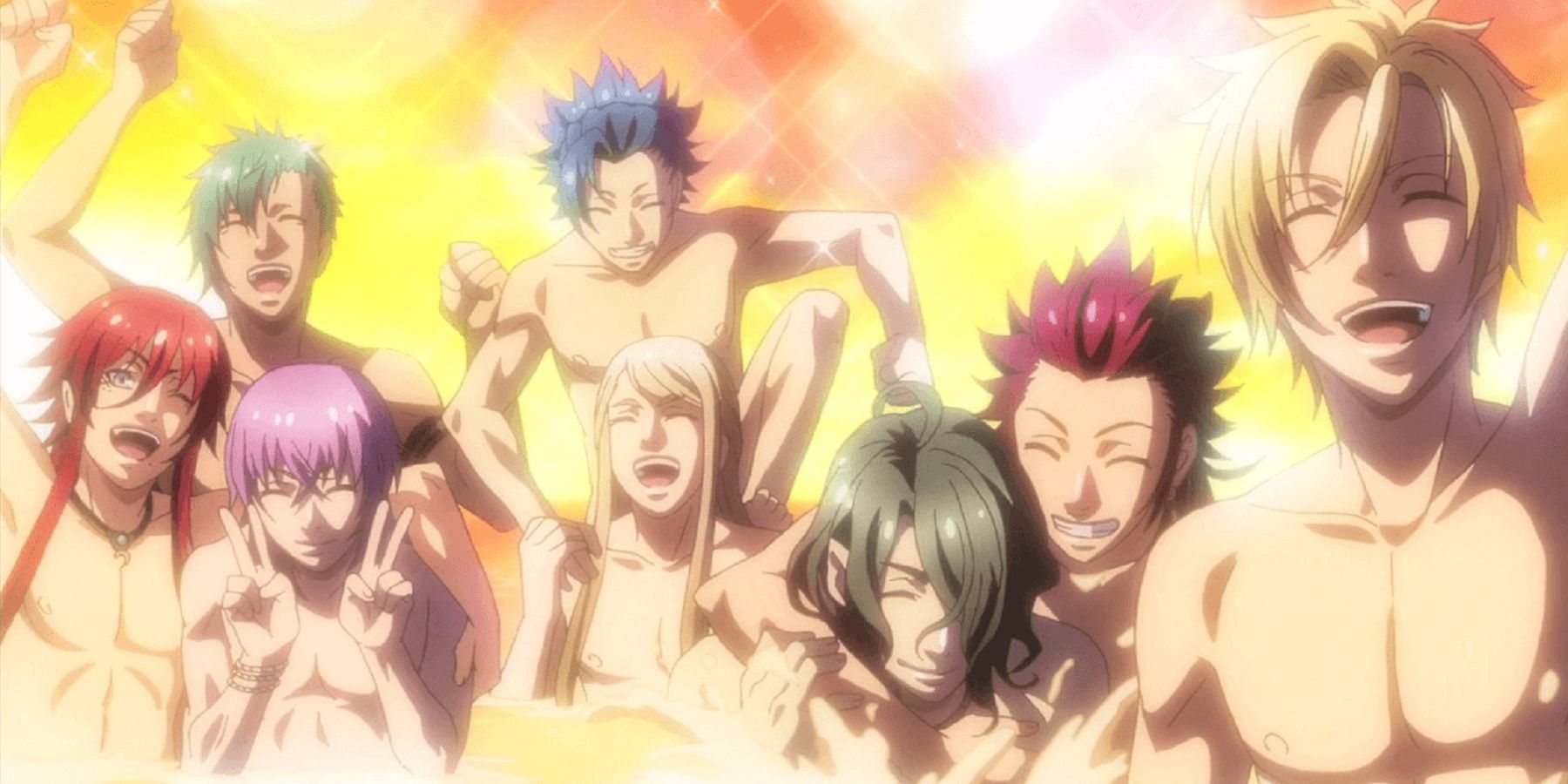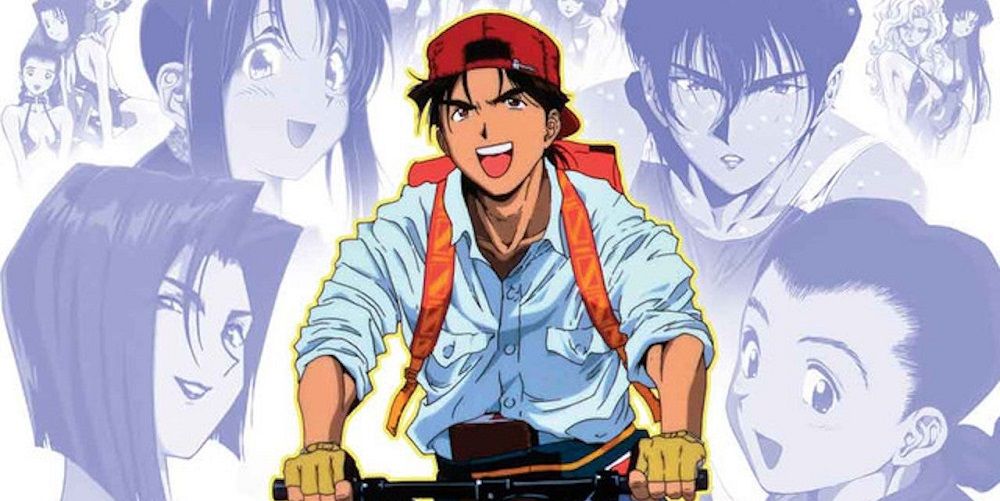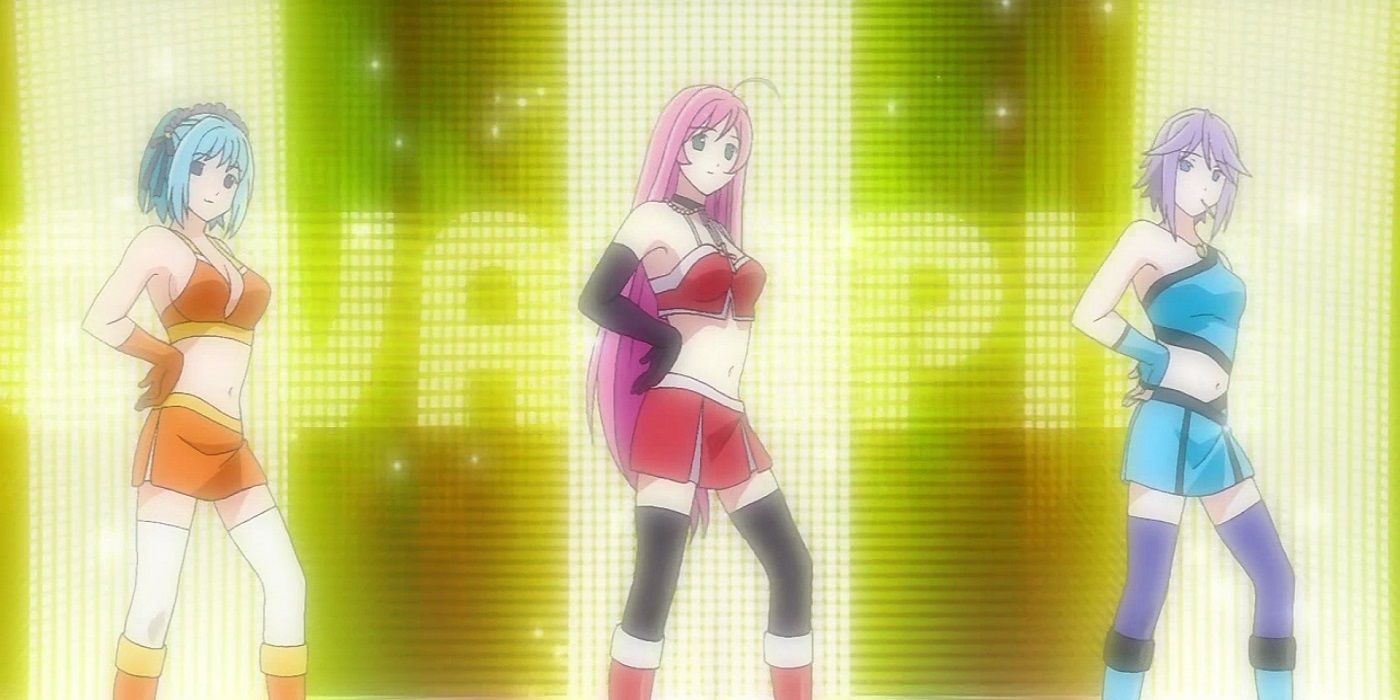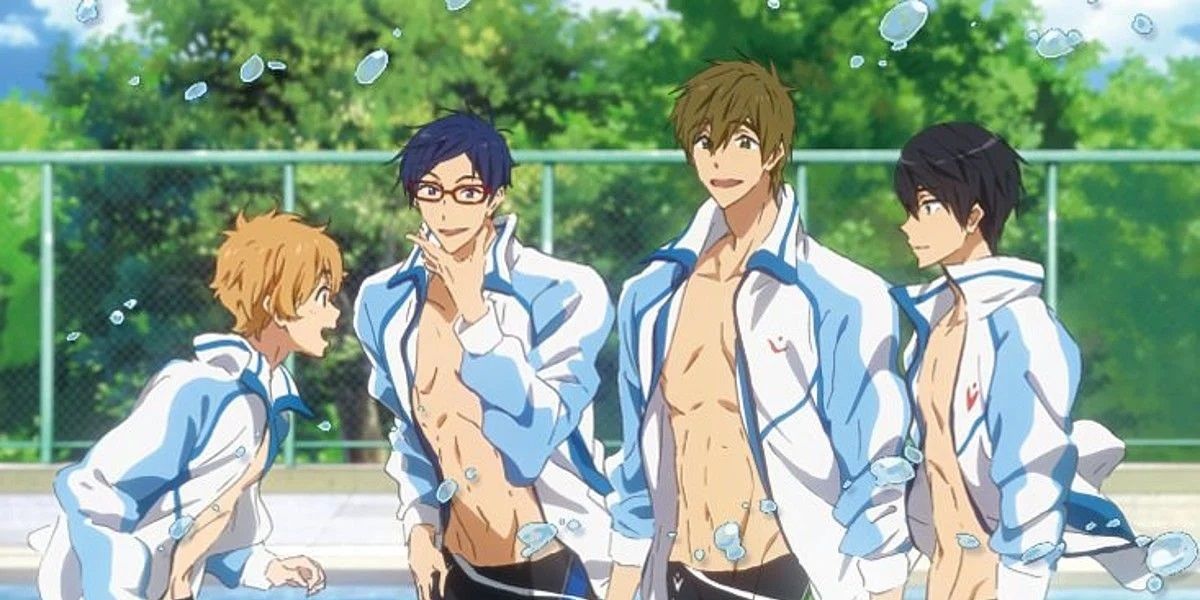Fan service is a core part of any anime or manga franchise, and it's been a large part of its success. As most people know, early anime relied heavily on female character sexualization as a sub-plot. Of course, hence the name, fan service is meant to act as a "service" to fans - so it's not necessarily a bad thing if it matches with the target audience.
Though some anime's target audiences aren't as exclusive as others. Classic shounen anime had more fan service than shoujo anime did - and even ones that didn't have a particular gender demographic, still relied on male-targeted fan service. It can't go without saying though, that as the years progress and society evolves towards a more egalitarian state, depictions of fan service become broader in terms of audience.
1990s - 2000s
Earlier anime had no issue with using fan service beyond its potential. Beloved classics such as Golden Boy relied heavily on fan service. Every episode has Kintaro undergoing his "pervy" antics where he finds himself in questionable situations involving a scantily clad or seductive woman. Though the purpose of the story was a young man being mischievous, this is still worth mentioning. Golden Boy isn't necessarily inherently sexist, as Kintaro's hijinks are a result of being immature and goofy and getting himself in trouble - not to mention his character is not meant to be taken super seriously.
Rosario + Vampire is another one of these - being a harem anime with an "average looking" guy managing to attract the attention of his nonhuman classmates. Predominately relying on the male gaze, each female character embodies a trope; Moka as the "Genki Girl", Kurumu as the "Sexy Lady", Yukari as the "Innocent Impressionable Protégé", Mizore as the "Emotionless Dandere", and Kokoa as the "Mischievous Little Sister".
As each of them are potential suitors, Tsukene, the main character gets his fair share of time with each girl, usually involving some kind of partial nudity or misunderstanding. There is an underlining story, but the aim of the anime adaptation is fan service.
It can definitely be argued that this is because most anime appealed to male audiences - though in contrast, it can also be said that it only appealed to male audiences because of the amount of fan service. Shoujo anime from the same timeline, barely had any fan service directed towards girls - hence their demographics being primarily younger female audiences.
Sailor Moon, a story of a strong young woman who overcomes her challenges with the help of her friends, doesn't have a lot of fan service of her love interest or any of the other male characters. Although there remains the possibility that there was minimal fan service because of Japanese society's expectations of women conducting themselves "conservatively".
2010s - 2020s
As society began to accept a broader range of individuals, including women, it also accounted for more variety in fan service. Even male mangaka would include elements of "boy service" or "man service" to cater to girls. Fairy Tail's creator, Hiro Mashima created the character, Gray to have tendencies where he took off his clothes frequently.
Even games like Tales of Xillia 2, had an ending scene where the female cast enjoyed a bath, but excluded their male counterparts from being stuck inside the stomach of their monster companion. While the girls enjoy themselves, the boys are stuck and looking for a way out, until the stomach acid begins to melt off their towels. It's not hard to conclude that as a result, the heat of the water makes them flush in panic. Additionally, the framing of the scene also makes it very presentable to the female gaze.
Those two also provide examples of female fan service as well - presenting an "equal" opportunity for more audiences to have their fair share of service. Because of the wider appeal, it also made marketing and merchandising much easier for companies. From 2011 to 2020, the average sales revenue for anime merchandising was 572.55 billion yen (Statista) - and 44% of women in Japan currently support the anime market (Project-Anime).
Given the niche appeal that anime had and the smaller demographic, audience consumption would be in smaller doses - especially worldwide. There's also been an increase in "sexy" figures of male anime characters - Aoba from Dramatical Murder and Riku from 10 Count are two examples.
As of recent, Japan currently ranks 116 in the Global Gender Gap report. Thankfully, each day the gap begins to narrow and common issues that women face are being tackled and dealt with. In late 2020, a PSA video was shared by Yumi Ishikawa that depicts the importance of being an active bystander in Japan (Savvy Tokyo). With even the smallest of steps, true gender equality can be achieved - and not just through fan service.
Source(s): Statista, Project Anime, Savvy Tokyo

